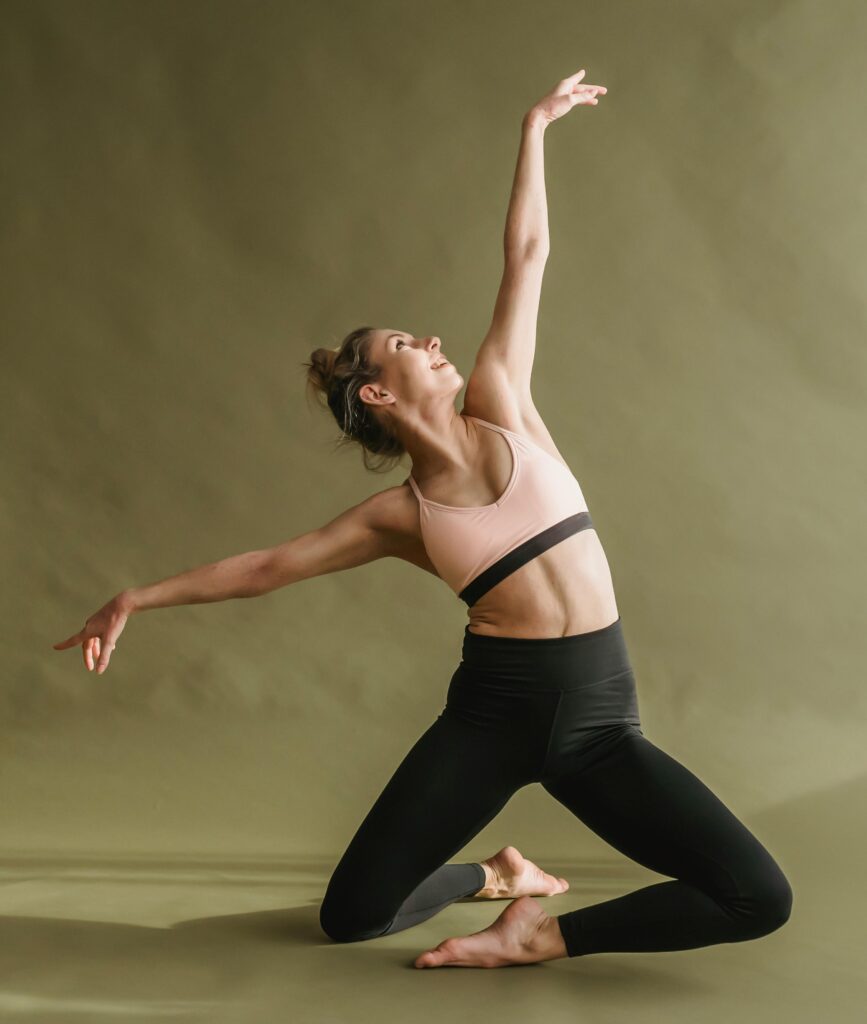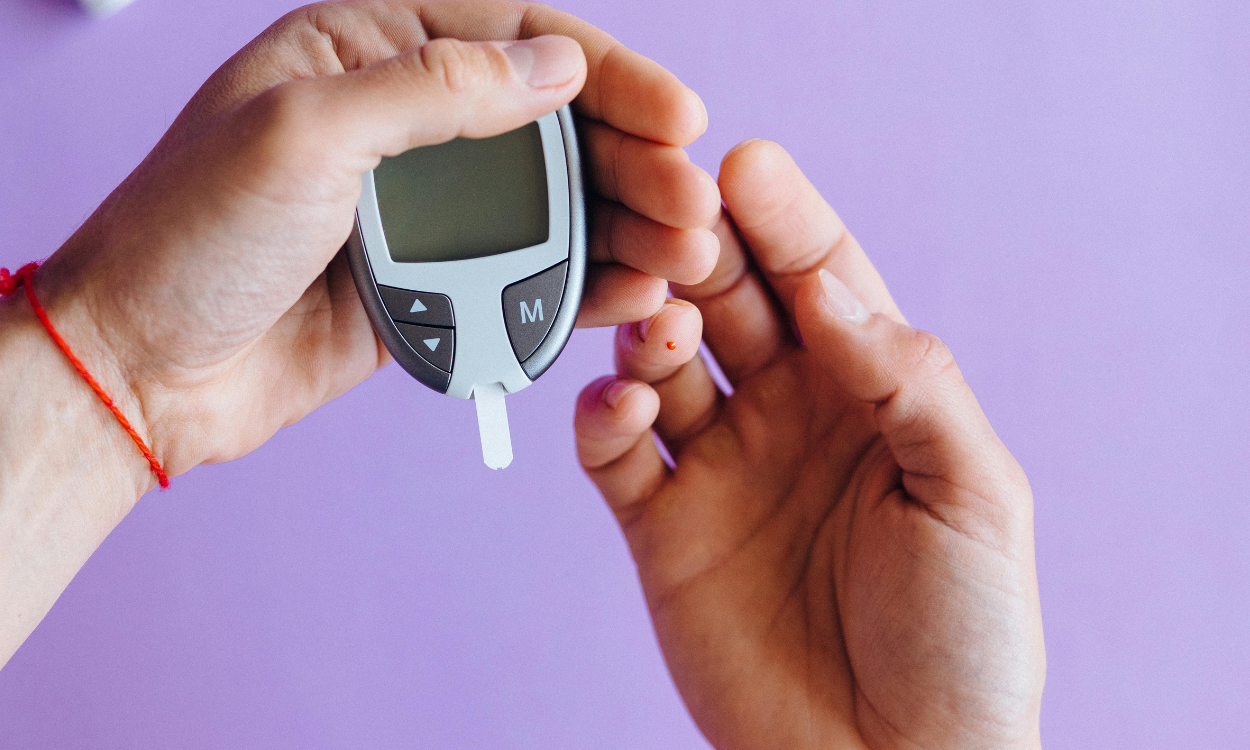Pain-Free Movement: The Secret to Healthy Legs
Maintaining healthy legs is essential for a life filled with activity and joy. Whether you’re walking, running, or simply standing, your legs support you in every movement. However, pain and discomfort can limit your ability to enjoy these activities. Understanding the secret to pain-free movement is key to ensuring your legs remain strong, functional, and free from pain.
Table of Contents

Understanding the Importance of Leg Health
Leg health plays a vital role in overall well-being. The legs consist of muscles, bones, joints, and blood vessels that work together to facilitate mobility and balance. Pain-free movement depends on the harmonious functioning of these components. Issues like poor circulation, joint pain, or muscle weakness can significantly impact your ability to move comfortably.
A proactive approach to leg care is essential for maintaining pain-free movement. Incorporating habits that promote circulation, flexibility, and strength ensures your legs remain in optimal condition throughout your life.

Common Causes of Leg Pain
To achieve pain-free movement, it is crucial to identify and address the root causes of leg pain. Here are some common culprits:
- Muscle Strain: Overexertion, improper posture, or lack of stretching can lead to muscle strain, resulting in pain and stiffness.
- Poor Circulation: Conditions such as varicose veins or deep vein thrombosis restrict blood flow, causing discomfort.
- Joint Issues: Arthritis and other joint-related conditions can hinder pain-free movement by causing inflammation and stiffness.
- Nerve Problems: Sciatica or nerve damage can lead to shooting pains or numbness in the legs.
- Injury: Sprains, fractures, or ligament tears can disrupt mobility and lead to long-term pain if not treated properly.
Addressing these issues with targeted care can restore pain-free movement and improve your overall quality of life.
The Secret to Pain-Free Movement
Achieving pain-free movement requires a multifaceted approach that focuses on strength, flexibility, circulation, and prevention. Here are key strategies to ensure healthy legs:
1. Strengthening Exercises
Regular exercise is one of the most effective ways to maintain healthy legs. Strengthening exercises such as squats, lunges, and calf raises build muscle endurance and support pain-free movement. Additionally, activities like cycling and swimming are low-impact options that strengthen leg muscles without putting excessive stress on the joints.
2. Stretching and Flexibility
Incorporating stretching into your daily routine enhances flexibility and reduces the risk of injury. Stretching exercises like hamstring stretches, quad stretches, and yoga improve the range of motion and promote pain-free movement. Flexibility prevents muscle imbalances and ensures smooth coordination between muscle groups.
3. Prioritizing Circulation
Healthy blood flow is essential for pain-free movement. Practices like elevating your legs, wearing compression stockings, and engaging in regular walks improve circulation and reduce the risk of blood clots. Hydration and a balanced diet rich in antioxidants also support vascular health.
4. Joint Care
Protecting your joints is integral to maintaining pain-free movement. Weight management reduces stress on joints, while supplements like glucosamine and chondroitin promote joint health. Avoiding repetitive movements and taking breaks during prolonged activities can prevent joint wear and tear.
5. Professional Intervention
If you experience persistent leg pain, consulting a healthcare professional is crucial. Physical therapy, chiropractic care, or medical treatments can address underlying issues and restore pain-free movement. Early intervention prevents minor problems from escalating into chronic conditions.
Lifestyle Changes for Healthy Legs
Small adjustments in your daily life can make a big difference in achieving pain-free movement. Here are some lifestyle changes to consider:
- Ergonomic Footwear: Wearing supportive shoes reduces strain on your legs and prevents conditions like plantar fasciitis.
- Balanced Diet: A diet rich in calcium, magnesium, and vitamin D strengthens bones and muscles, promoting pain-free movement.
- Adequate Rest: Rest and recovery are essential for muscle repair and overall leg health.
- Stress Management: Stress contributes to muscle tension and pain. Incorporating relaxation techniques such as meditation or deep breathing supports pain-free movement.
Preventive Measures for Pain-Free Movement
Prevention is the cornerstone of maintaining healthy legs. By adopting preventive measures, you can minimize the risk of leg pain and ensure long-term mobility.
Warm-Up and Cool-Down
Before engaging in physical activity, warming up prepares your muscles for movement and reduces the risk of strain. Similarly, cooling down with gentle stretches prevents stiffness and supports pain-free movement.
Posture Awareness
Poor posture places unnecessary strain on your legs and back. Maintaining proper posture while sitting, standing, and walking ensures balanced weight distribution and prevents discomfort.
Regular Check-Ups
Routine check-ups with a healthcare provider help monitor your leg health. Early detection of issues ensures timely intervention and preserves pain-free movement.
Pain-Free Movement for Every Stage of Life
Pain-free movement is not limited to a specific age group. From young adults to seniors, everyone can benefit from practices that promote leg health. Here’s how to maintain pain-free movement throughout life:
For Young Adults
- Engage in sports or physical activities to build strength and endurance.
- Maintain a balanced diet to support muscle and bone development.
- Use proper techniques during workouts to avoid injuries.
For Middle-Aged Individuals
- Focus on low-impact exercises like yoga and swimming.
- Manage weight to reduce strain on joints.
- Incorporate stretching and flexibility exercises into your routine.
For Seniors
- Prioritize gentle exercises like walking or tai chi to maintain mobility.
- Use assistive devices if necessary to prevent falls.
- Schedule regular medical check-ups to monitor circulation and joint health.
Conclusion
Pain-free movement is the secret to healthy legs and a fulfilling lifestyle. By prioritizing leg health through exercise, proper nutrition, and preventive care, you can ensure mobility and comfort for years to come. Whether you’re climbing stairs, exploring nature, or enjoying a leisurely stroll, healthy legs empower you to live life to the fullest.
Remember, achieving pain-free movement requires consistency and dedication. Embrace these strategies, and let the secret to healthy legs transform your daily experiences into moments of joy and freedom. Take the first step today towards pain-free movement and unlock the potential of a healthier, more active life.





